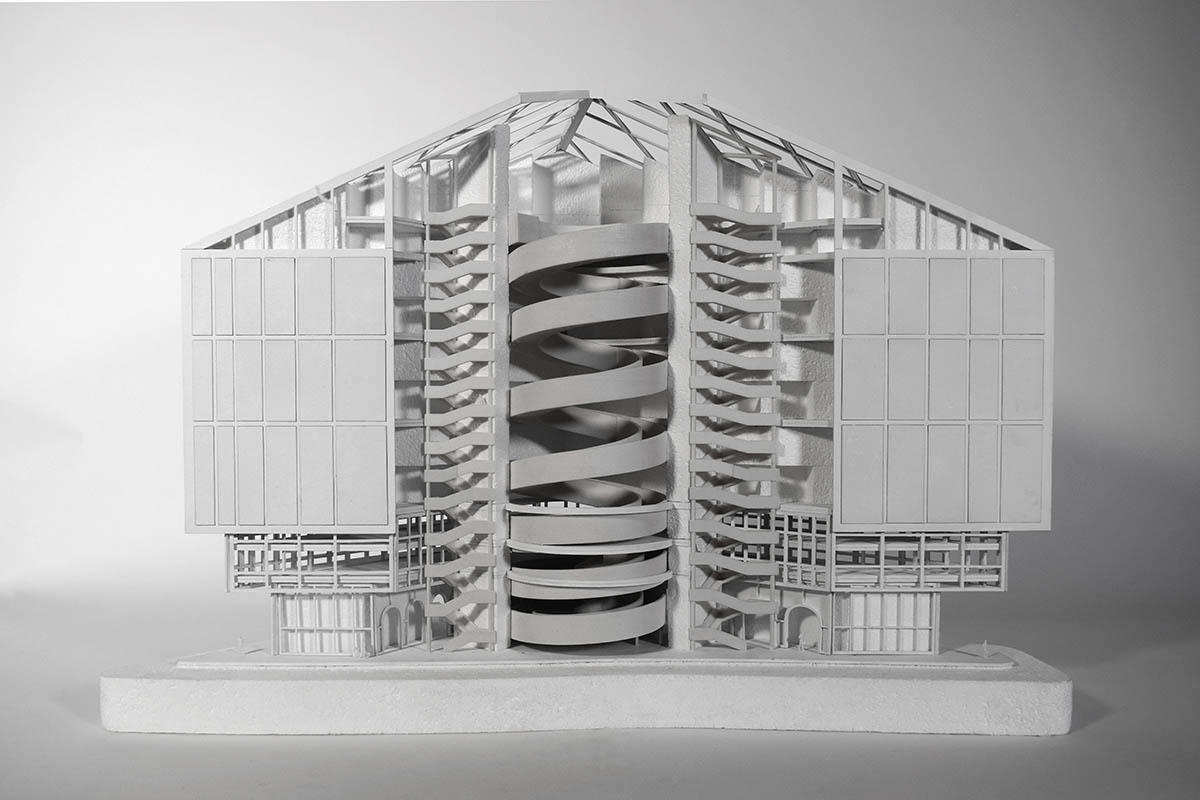The Frugal Palazzo
The 26th incarnation of Architecture Without Content brings us to Seattle via Florence and New York. Arguably the second most important housing typology innovation on American soil (the first being the suburban house) was the upscaled palace. Child of a slightly forced desire to build city in a place of awkward proportions and unresolvable issues, the upscale palace promised for a short while instant urbanity in one gesture.
The upscaled palace offered an image of urbanity, with proportions that seemed reasonable in the given context, despite its gigantic size. It also provided an envelope to build a lot at once, whilst still somehow contributing to the city. The palaces of the early 20th century in New York City, built by McKim Mead and White and some of their contemporaries, took evident inspiration in Florentine quattrocento palazzi and turned them into building stones of a hypothetical ‘high classical’ city of immense proportions. If Florentine palazzi are not known for their modest size, New York (and to a lesser extend Chicago) context forced the architect to extend this imported type to a size able to compete with the new infrastructure and the new landscape. Implicitly, the project of these upscaled palazzi proposed to build the city (again) block by block.
The project of the gigantic palace was perhaps always a reaction, an ultimate and failed attempt to root American architecture in European ancestry. McKim famously fulminated against the complexity of the contemporary (American) city he found in many ways impossible to tame. Was the giant palazzo a final act of upscale criticism? Certainly, urban classicism died somewhat together with the palazzo in the nineteen-thirties.
Today, the American city is a fundamentally different place, fragmented by the implementation of a various set of mutated and again imported ideas. The economic engine is to be found in the very west of the country, and therefore the visions of the city and the various problems of living and working in a quickly developing environment. The tower, so successful a totem of individual housing of the liberal economy, is appropriated by the super wealthy. Housing demands are however, abound. Perhaps this particularly stressed context provides the unlikely opportunity for a revival of the gigantic palace. This time not for the bourgeoisie, but rather as a housing hypothesis for the hard working, mobile and active new urban lower middle class. A palace without decadence, a co-working environment with shared grandeur: A frugal palace.
Kersten Geers will be in residence on August 28 and 29, September 13 and 14, October 12, 13, 26 and 27 December 6, 7, or 8.
David Van Severen will be in residence on September 13 and 14, October 26 and 27, November 9, 10, 20 and 21, and December 6, 7, or 8.
The instructors will also be available on the morning of studio days to account for “off-week” missed time.
Click here for trip/travel information related to this studio. If this studio does not include a trip then the instructors will be in residence an additional week during the term.
Projects
-

PostGuild, Guild House
Fall 2017